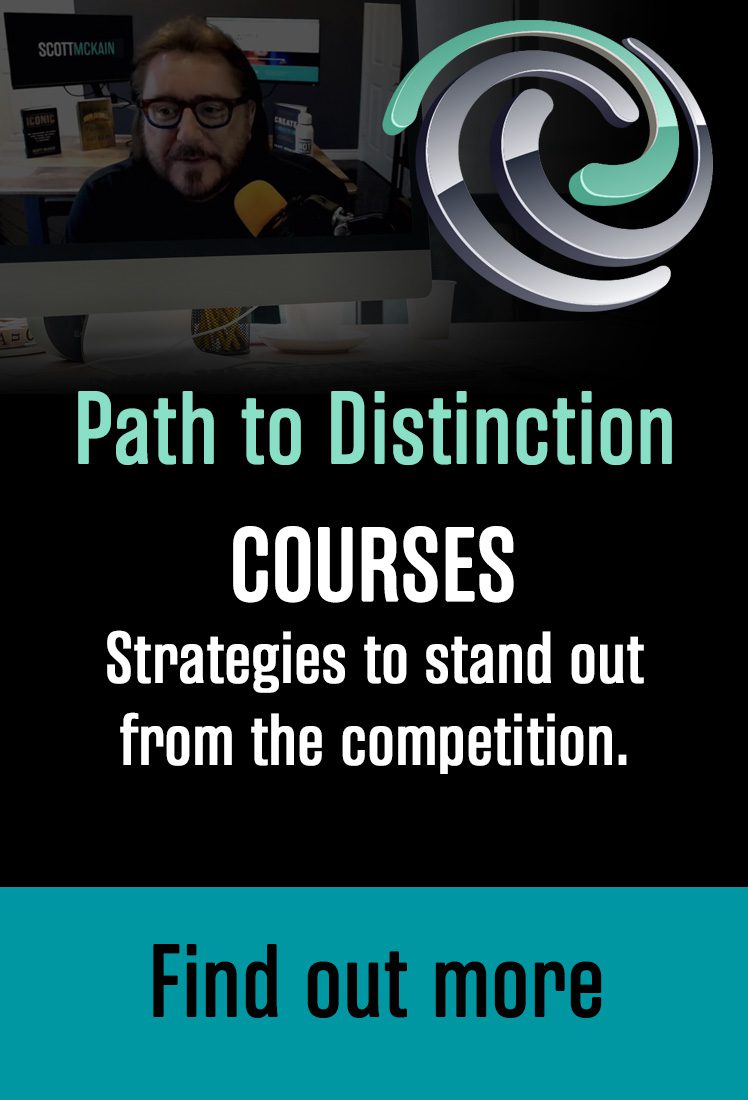For many years, both business leaders as well as authors and speakers (like me) have talked at length about “managing change.”
The title of my first business speech many years ago was “Dragonslayers” on overcoming the overwhelming monster of change on our voyage to profit and success.
We often implied that change was a process that suggested some degree of control and predictability. You could see change coming, plan for it, and guide your organization through carefully plotted transitions.
Traditional change management approaches often follow a linear path: assess the situation, create a plan, implement changes, and stabilize the situation. These methods assumed you could identify clear start and end points. It also assumed that the external environment would remain relatively constant during implementation.
Here’s the problem: today’s business environment demands a new vocabulary and, more importantly, a new mindset. What we’re experiencing isn’t merely change—it’s turbulence.
The distinction is crucial.
- Change suggests a shift from one relatively stable state to another, like updating your product line or expanding into a new market.
- Turbulence, on the other hand, is characterized by multiple, simultaneous disruptions that interact with and amplify each other in unexpected ways.

Think of it like flying an aircraft. Change is like adjusting your altitude or course—a controlled modification within stable conditions. Turbulence is when multiple air currents create unpredictable forces from all directions, requiring constant adjustments and a different set of skills altogether.
Consider how artificial intelligence isn’t just changing productivity tools—it’s simultaneously transforming customer service, product development, marketing, and talent management. This transformation is happening while organizations grapple with evolving work models, global supply chain reorganization, and shifting consumer expectations.
This means that today’s environment demands a new type of leader to move an organization beyond distinction: the turbulence navigator.
This leader operates more like an experienced river guide than a traditional corporate executive—constantly reading signals, adjusting course, and helping their team ride the rapids rather than fight against them.
Here are just three key attributes of effective turbulence navigators:
Comfort with Paradox
Turbulence navigators understand that seemingly contradictory things can be true simultaneously. They can maintain stability while driving innovation, preserve core values while radically changing operations, and balance short-term survival with long-term transformation. Rather than trying to resolve these tensions, they learn to hold them productively, using the energy of opposing forces to move their organizations forward.
Dynamic Balancing
Like a skilled kayaker, turbulence navigators constantly shift their weight and adjust their position. They don’t try to force their organization into a fixed stance but instead help it maintain dynamic equilibrium. This might mean rapidly reallocating resources, shifting priorities, or reorganizing teams—not as one-time changes but as ongoing adjustments to maintain momentum and balance.
Energized by Uncertainty
Perhaps most importantly, turbulence navigators don’t just cope with uncertainty—they’re energized by it. They see turbulent conditions as rich with possibility rather than fraught with danger. This mindset is contagious, helping their teams move from anxiety about constant change to excitement about emerging opportunities.
This new leadership model requires what my friend Scott Stratten calls “unlearning” with new learning. Many successful executives must unlearn their instinct for control and certainty, replacing it with a capacity for reading and riding waves of change. They need to shift from seeing their role as providing answers to asking better questions, from directing responses to enabling effective proactivity.
The future belongs not to the strongest or the most efficient but to those best able to read and rise above the power of turbulent forces. Merely “standing out” in your marketplace will no longer be enough. You will need to lead your team beyond distinction to transcend today’s challenges.



